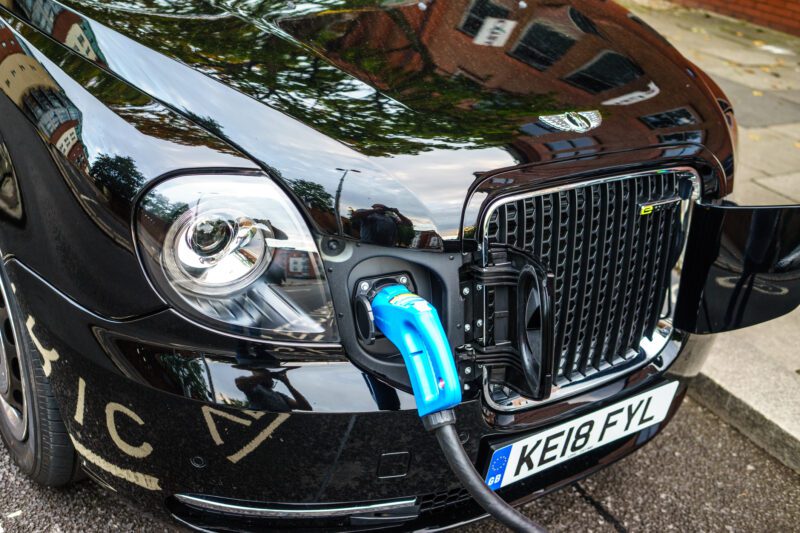Motoring must be cleaner and greener for people’s health, as well as the environment, but the EV journey is going to take longer than hoped.
With the global 2050 Carbon Zero deadline on the horizon, the UK car market has 11 years until the sale of new petrol and diesel cars is banned. A shortage of EVs and lack of charging points meant the original and unrealistic 2030 deadline had to be put back – but now things are starting to pick up speed.
Key step
Taxi drivers play a vital role in the switch because they are on the road every day, in the busiest and currently most polluted areas. By switching to electric taxis and PHVs, they are reducing the pollution produced while offering people a safe and sustainable way of getting around our busy streets.
But, as with any vehicle purchase, taxi drivers have to be able to answer two questions – does it do what I need it to, and can I afford it?
While the mileage of petrol and diesel cars is well established and drivers know what’s left in the tank will get them where they need to go – or at least get them to the nearest petrol station – uncertainty remains over EVs, as well as the number of ultra-fast charging points. Taxi drivers will only make the switch when they are sure it is right for them.
Making a difference
But every EV on our roads represents a step towards cleaner motoring and Carbon Zero.
So, once a taxi or PHV driver has decided there is an EV that meets their needs, they have to be able to afford it, and the initial cost is putting many drivers off.
This is why Steve McNamara, general secretary of the Licensed Taxi Drivers’ Association, said it is “essential” the Government’s Plug-in Taxi Grant continues beyond the current April 5 cut-off.
The scheme offers a £7,500 discount on the price of a new plug-in hybrid electric LEVC TX taxi which, bought on finance, would set a cabbie back as much as £110,000 – £7,000 more than the starting price of a new Range Rover.
Mr McNamara told The Standard scrapping the scheme would be “absolutely disastrous because taxi drivers thinking of buying a new vehicle will try to hang on to old vehicles”.
This could mean having to pay £30 a day in congestion and ULEZ charges might make more financial sense than investing in an EV black cab.
Greener cabs
As the EV drive continues, taxis licensed in London for the first time must be capable of travelling 70 miles on electric batteries alone and latest Transport for London figures show 56% of the capital’s 14,750 cabs currently meet that criteria.
While the industry hopes the grants continue beyond April 5, new regulations which came into force on January 3 are designed to “increase EV sales and help grow charging infrastructure”.
As reported by Fleet News, the zero-emission vehicle mandate sets out the percentage of new zero-emission cars and vans manufacturers will be required to produce each year.
The targets increase each year, requiring 80% of new cars and 70% of new vans sold in Great Britain to be zero emission by 2030, increasing to 100% by the 2035 deadline.
Current climate
In the first half of 2023, 16% of all new cars sold were electric. Only 11 car makers exceeded the 22% target for EV sales.
Sue Robinson, chief executive of the National Franchised Dealers Association, told Fleet News: “Whilst the ZEV mandate is certainly a step in the right direction, the Government needs to offer more attractive price incentives and look to improve EV charging infrastructure across the country to increase consumer confidence in electric and help drive the country towards its net-zero commitments.”
But there is good news in the used EV market. The Electric Car Scheme reports that used EV numbers have increased by 174% year-on-year and used EVs are being sold at the same rate – 28 days – as petrol and diesel cars.
It puts this down to the end of finance and leasing terms of new electric cars purchased three to five years ago – the typical leasing period.
The good news is EV ranges are constantly improving, more ultra-fast charging points are being created and there is a good-quality used EV fleet coming through which helps keep costs down.
Taxi drivers must still decide which is the right vehicle for them, but they are now getting much more choice when it comes to affordable greener motoring.


